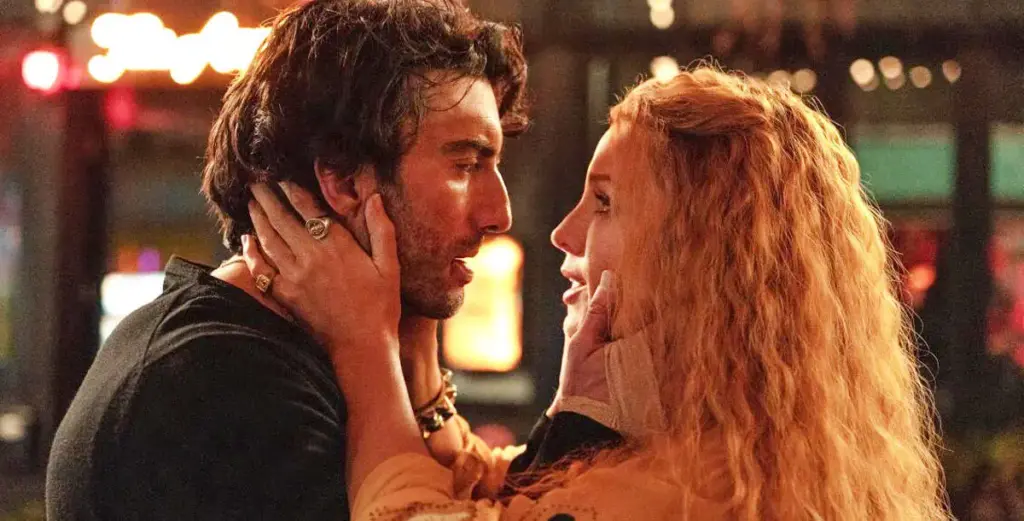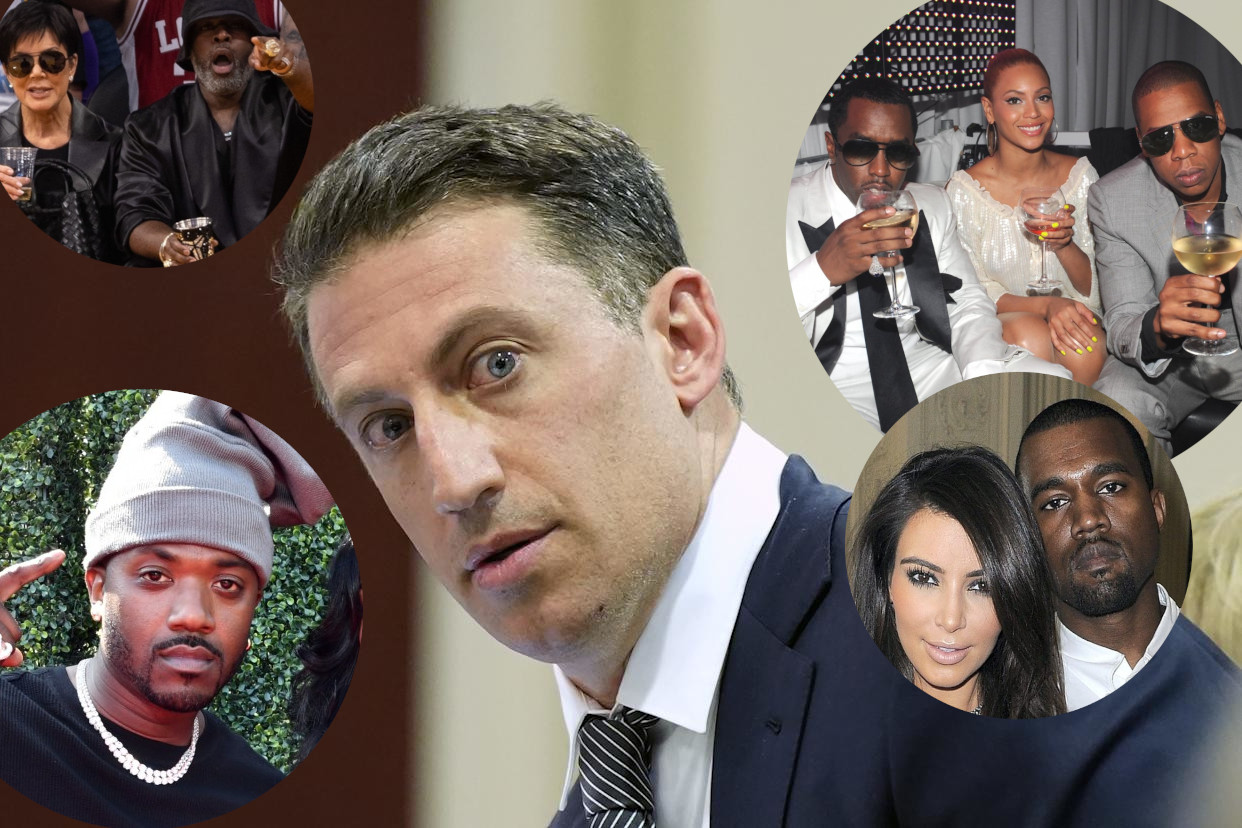The Marubo community, consisting of approximately 2,000 individuals, is seeking at least $180 million in damages, claiming that the NYT's reporting has resulted in worldwide mockery and misrepresentation, further exacerbated by similar coverage from other media outlets like TMZ and Yahoo.
The article at the center of the controversy described the challenges faced by the Marubo tribe after gaining access to technology, such as "teens glued to phones" and "minors watching pornography." However, the tribe asserts that the coverage painted them unfairly as incapable of managing such exposure to the internet. This has direct implications on their reputation, leading to what the plaintiffs describe as humiliation and harm.
Key figures in the lawsuit, including community leader Enoque Marubo and activist Flora Dutra, have specifically pointed to the sensationalized nature of subsequent reports that served to amplify the NYT piece. They contend that this unfounded narrative has caused them personal distress and tarnished their public image.
In defense, a spokesperson from the New York Times maintained that their reporting presented a "sensitive and nuanced" examination of the impacts of technology on the tribe and expressed their intention to contest the lawsuit rigorously.
As social media continues to spread the narrative, the Marubo tribe's case raises salient questions about representation and the responsibilities of media outlets in depicting Indigenous communities.
The article at the center of the controversy described the challenges faced by the Marubo tribe after gaining access to technology, such as "teens glued to phones" and "minors watching pornography." However, the tribe asserts that the coverage painted them unfairly as incapable of managing such exposure to the internet. This has direct implications on their reputation, leading to what the plaintiffs describe as humiliation and harm.
Key figures in the lawsuit, including community leader Enoque Marubo and activist Flora Dutra, have specifically pointed to the sensationalized nature of subsequent reports that served to amplify the NYT piece. They contend that this unfounded narrative has caused them personal distress and tarnished their public image.
In defense, a spokesperson from the New York Times maintained that their reporting presented a "sensitive and nuanced" examination of the impacts of technology on the tribe and expressed their intention to contest the lawsuit rigorously.
As social media continues to spread the narrative, the Marubo tribe's case raises salient questions about representation and the responsibilities of media outlets in depicting Indigenous communities.


















